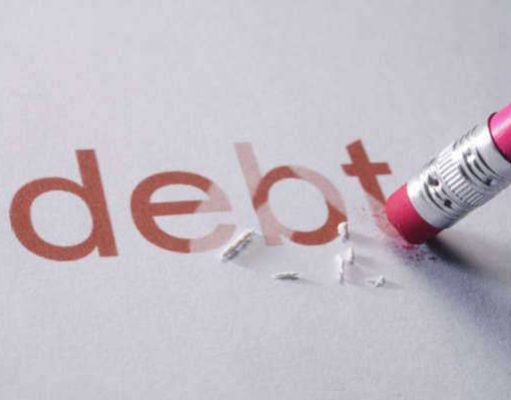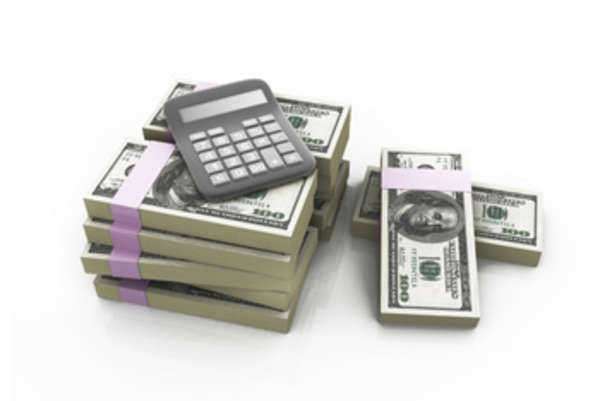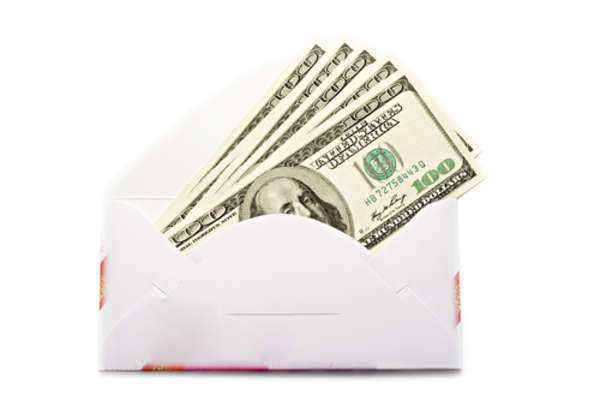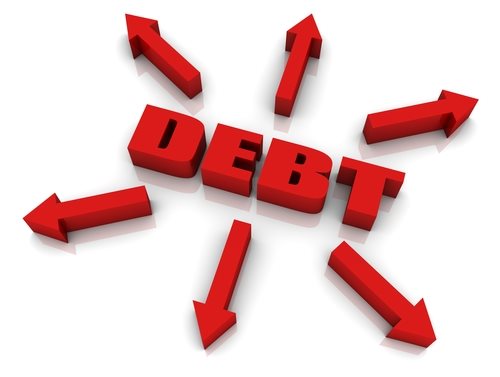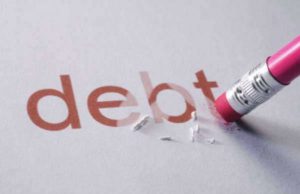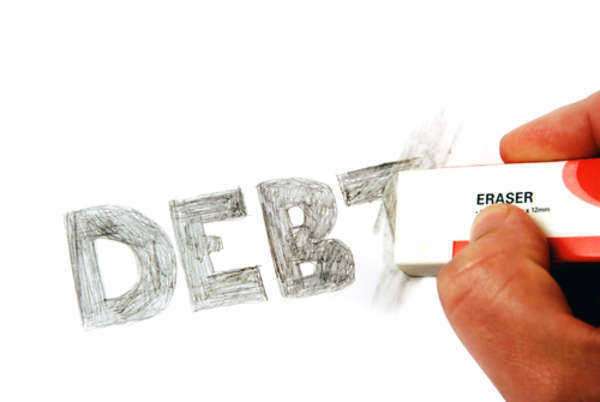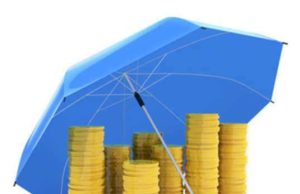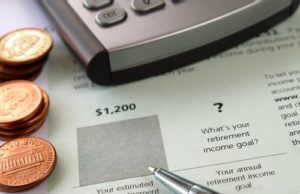What Are The Types of Debt

In modern society, debt is not a rare occurrence. Everyone has heard of debt in one way or the other. When you borrow money, it’s assumed that you will eventually pay it back, with interest. But what happens when you can’t pay back the money you borrowed? It’s not a great place to be, but it’s important to be able to determine what kind of debt you have, as each type of debt has its own set of rules and consequences. In this article, we will explore the various types of debt, their similarities, and differences, and the tools available to manage them.
Consumer Debt
Consumer debt refers to money that a person borrows from a financial institution or lender to pay for their purchases, such as credit cards, personal loans, and installment payments. Consumer debt is easily accessible and often requires no collateral, making it an attractive form of borrowing for many people. Credit cards are the most common form of consumer debt. Although credit cards offer a lot of convenience, they charge high-interest rates, and if not used correctly, can put you in a precarious financial position. Some other forms of consumer debt include payday loans or cash advances, which usually come with very high-interest rates.
Revolving Debt
Revolving debt is a type of consumer debt that doesn’t have a fixed term and can be borrowed, repaid, and borrowed again. Examples of revolving debt include credit card debt and home equity lines of credit (HELOCs). Revolving credit is a convenient way to access money but can quickly become a financial burden if not managed properly. With the high-interest rates that come with this form of debt, it’s important to pay off the balance every month; otherwise, the interest payments can balloon and lead to a lifetime of debt.
Installment Debt
Installment debt requires that the borrower make fixed payments over a set period to repay the lender. Once the payments are completed, the borrower owns the item outright. Examples of installment debt include auto loans and mortgages. Unlike revolving debt, installment debt doesn’t require the borrower to make regular payments, but falling behind on payments can result in late fees and plummeting credit scores. The perfect example of how installment debt works is when purchasing a house. A borrower pays a fixed amount every month until the mortgage is paid off. This way, the process is keeping the borrower in check and letting him/her know the amount that needs to be paid every month.
Mortgage Debt
Mortgage debt is a loan borrowed to finance the purchase of a home. A mortgage can be either an installment loan or a revolving line of credit. Mortgages come in different types, including fixed-rate, adjustable-rate, and interest-only mortgages. Fixed-rate mortgages have a set interest rate, and payments remain the same over the life of the loan. On the other hand, adjustable-rate mortgages have an initial fixed rate but can change periodically, potentially leading to higher monthly payments.
Student Loans
Student loans are a type of debt taken to finance education expenses. These loans can be obtained from the government or private lenders, and they come with various repayment terms and interest rates. In the US, student loan debt is estimated at over $1.7 trillion, placing undue financial pressure on graduates who may struggle to find employment to repay the loan.
Payday Loans
Payday loans or cash advances are a type of high-interest, short-term loan usually offered to people with bad credit or low income. These loans have been criticized for their high-interest rates that can reach up to 400% annually. As the name implies, payday loans are meant to tide one over until their next payday, but their high-interest rates can lead to a cycle of debt, with some borrowers taking out more payday loans just to cover the cost of the first one.
Business Debt
Just as individuals can borrow money to run their homes, businesses can also borrow money to help finance their operations. Business debt can be structured in many ways, depending on the business and the lender’s preferences. Common examples of business debt include bank loans, equipment financing, factoring, and lines of credit. Business debt can be structured as either revolving or installment loans.
Bank Loans
Bank loans are one of the most common forms of business debt, providing businesses with capital to expand or run operations. Bank loans can take the form of term loans or revolving credit lines. Term loans come with a set repayment schedule and interest rates, while revolving credit lines offer more flexibility and can be paid off and borrowed again.
Equipment Financing
Equipment financing is a type of debt that allows businesses to purchase equipment such as machinery, vehicles, and tools needed to run the operations. The loan is usually repaid with interest over a fixed period, with the equipment serving as collateral in case of default. Equipment financing can help businesses stay competitive by allowing them to invest in newer, better equipment.
Factoring
Factoring is a debt-financing arrangement where a business sells its accounts receivable to another company, known as a factor, at a discount. The factor takes over collection of the receivables and pays the business a percentage of their value upfront. This type of financing is useful for businesses that need cash quickly but can’t wait for their customers to pay their invoices.
Lines of Credit
Lines of credit are similar to credit cards, as they offer businesses access to cash when needed. Lines of credit can be either secured or unsecured, with the secured lines requiring collateral such as inventory or equipment. Unsecured lines of credit are more difficult to obtain and come with higher interest rates.
Government Debt
Government debt is the total amount of money owed by a government to various creditors, both foreign and domestic. Government debt is necessary to fund public investments, social welfare, and other critical needs. However, excessive government debt can lead to economic instability and inflation. The US government’s debt has been on a steady rise, currently standing at over $28 trillion, with no signs of slowing down.
Treasury Bonds
To finance its debt, the US government issues Treasury bonds, notes, and bills to the public. These securities come in different maturities, with bonds having maturities ranging from 10 to 30 years, notes from 2 to 10 years, and bills from a few days to one year. Treasury bonds are considered a safe investment, as they are backed by the full faith and credit of the US government.
State and Municipal Debt
State and municipal governments can also borrow money to finance their operations, including building infrastructure and providing social services. State and municipal debt comes in the form of general obligation bonds, revenue bonds, and lease revenue bonds. In recent years, some states and municipalities have found themselves struggling to repay their debts, leading to credit rating downgrades and fiscal crises.
Conclusion
Debt is a double-edged sword. On the one hand, it can be a useful tool when used responsibly. On the other hand, it can quickly spiral out of control and lead to financial ruin. It’s important to understand the different types of debt and their risks so that you can manage them effectively. The government provides various resources to help individuals and businesses manage their debt, including debt consolidation, debt settlement, and bankruptcy. By taking control of your debt and working with a financial advisor, you can protect yourself from financial instability and achieve your long-term financial goals.


